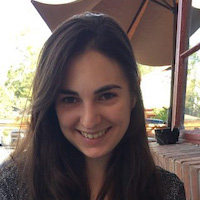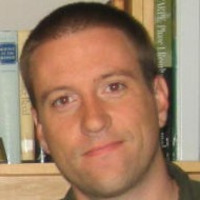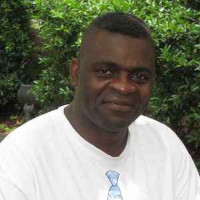Celeste Vallejo (UF Mathematics)
368 Little HallUsing Little’s Law in Stochastic Modeling Stochastic models are used when there is random behavior in the model. These models come with assumptions. In the case of a continuous-time Markov chain, it is assumed that arrivals are sampled from a Poisson distribution and that the waiting times are indepen-dent and exponentially distributed. Making these assumptions …








